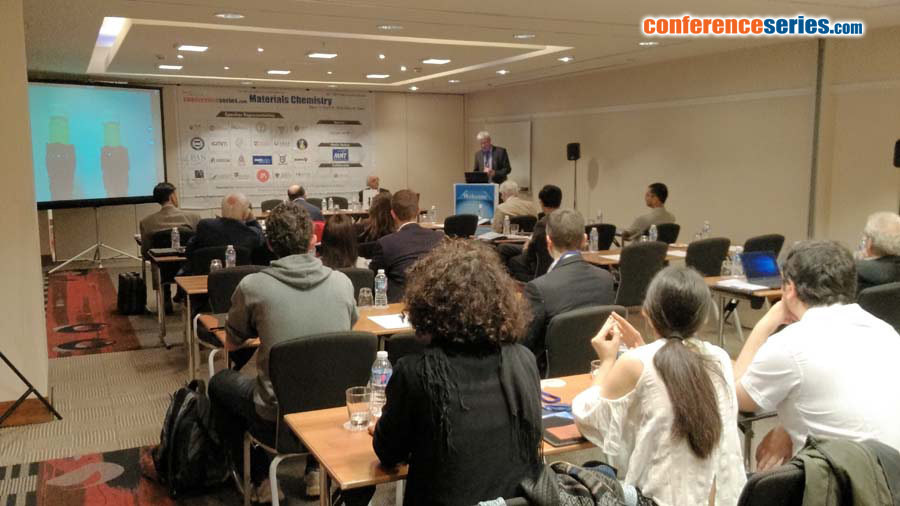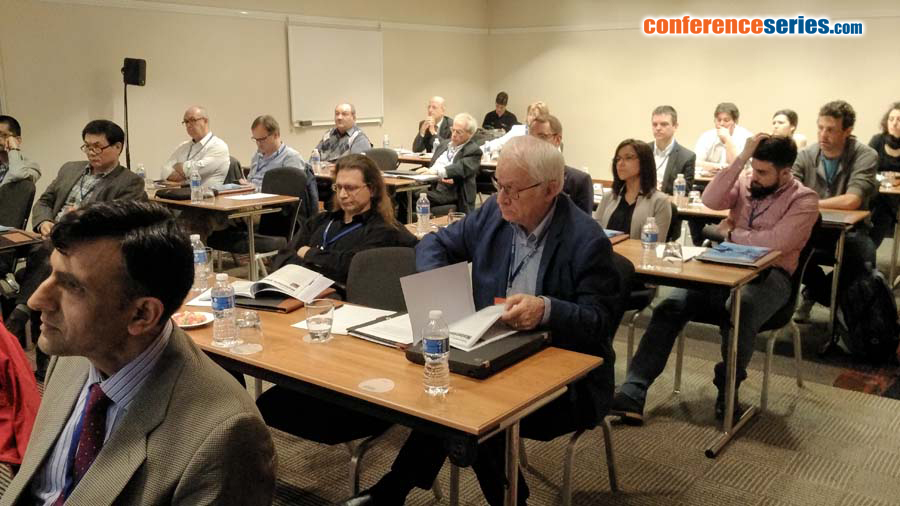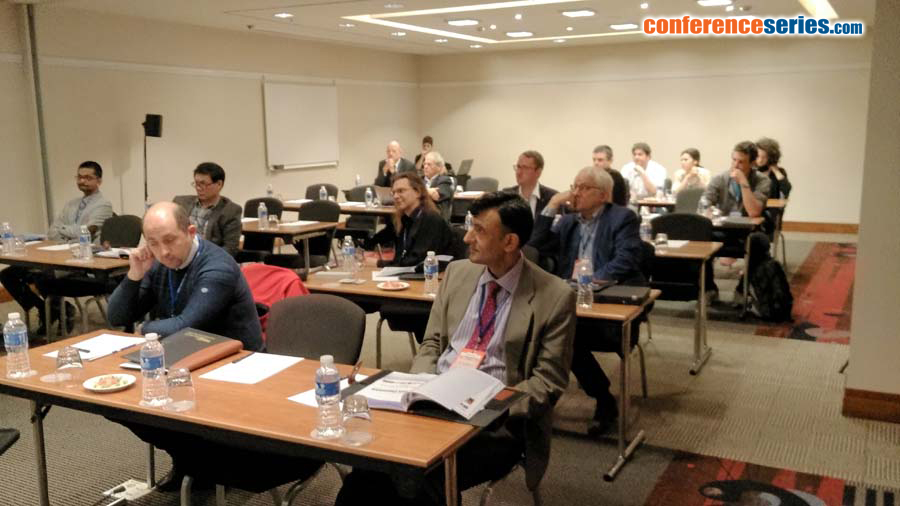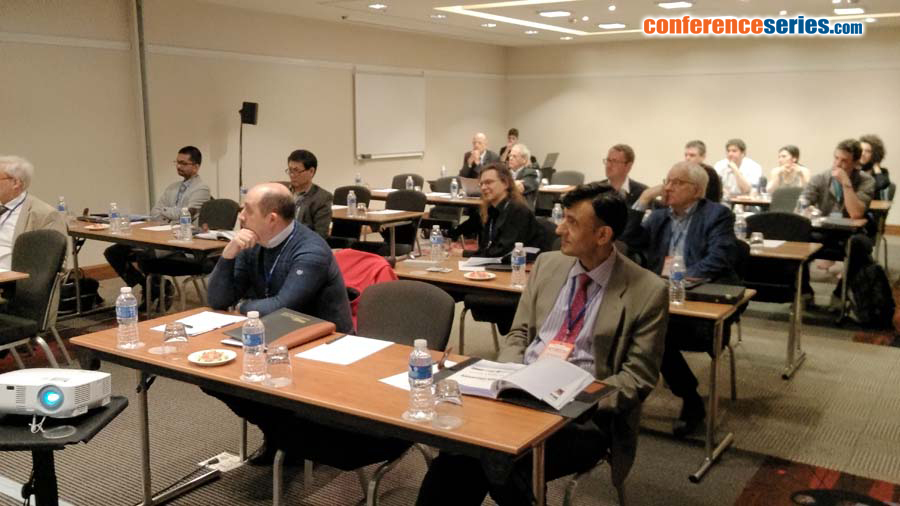
Jijeesh R Nair
Polytechnic University of Turin, Italy
Title: The role of polymer electrolyte in constructing an aging resistant high energy lithium battery for wide temperature application
Biography
Biography: Jijeesh R Nair
Abstract
Polymer electrolytes (PEs) exhibit unique advantages such as mechanical integrity, wide variety of fabrication methods in desirable size and shape, possibility to fabricate an intimate electrode/electrolyte interface and adapt to a lightweight, leak proof construction, safety and economic packaging structure. Free radical photo-polymerization (UV-curing) can be an interesting alternative process to produce polymer electrolytes for Li-ion batteries. It takes place at ambient temperature: a liquid polyfunctional monomer, containing a proper photo-initiator, forms a cross-linked film upon UV irradiation. It appears highly advantageous, due to its easiness and rapidity in processing, very short time with high efficiency and eco-friendliness as the use of solvent is avoided. In the present work, profoundly ion conducting, self-standing and tack-free ethylene oxide based PEs encompassing a room temperature ionic liquid (RTIL)/Tetraglyme with specific amounts of lithium salt are successfully prepared via UV curing process. All the prepared materials are thoroughly characterized in terms of their physical, chemical and morphological properties, and eventually galvanostatically cycled in lab-scale lithium batteries (LIBs). The Polymer Electrolytes exhibited excellent ionic conductivity, electrochemical stability (>5V vs. Li+/Li), and stable interfacial resistance. At 20°C the conductivity value is equal to 4×10-4 Scm-1 and it exceeds 10-3 Scm-1 at 50°C. The lab-scale Li-polymer cell assembled demonstrated stable charge/discharge characteristics without any capacity (150 mAh g-1) fading. The overall performance of the SPEs postulates the possibility of effective implementation in the next generation of safe, durable and high energy density secondary all-solid Li-metal polymer batteries working at ambient and/or sub-ambient temperatures.




